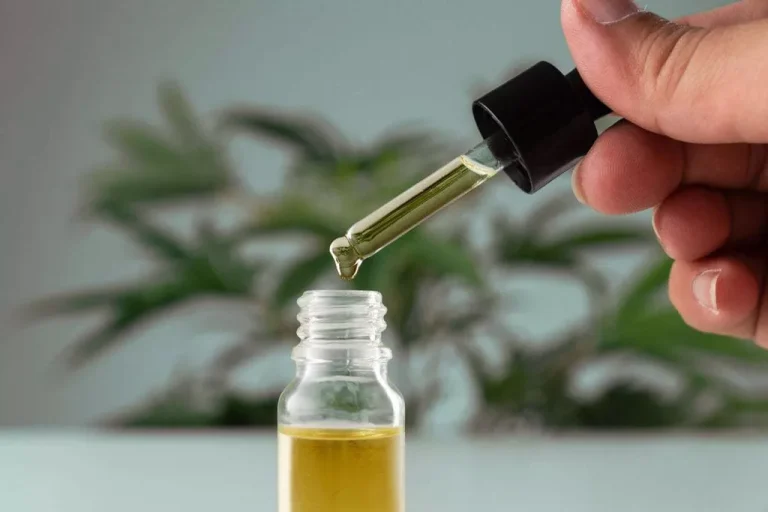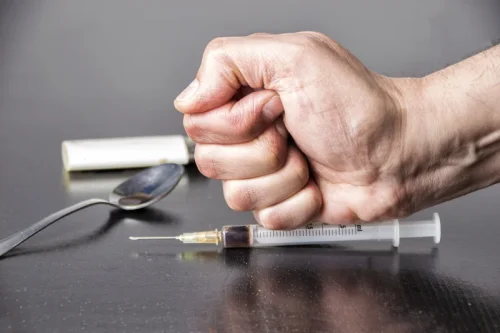
Even at high blood alcohol levels, only minor fluctuations were found in the rates of plasma flow and filtration through the kidneys (Rubini et al. 1955). Additional studies are needed to confirm these observations, however. Normally the rate of blood flow, or perfusion, (i.e., hemodynamics) through the kidneys is tightly alcohol and kidneys controlled, so that plasma can be filtered and substances the body needs can be reabsorbed under optimal circumstances (see sidebar). Established liver disease impairs this important balancing act, however, by either greatly augmenting or reducing the rates of plasma flow and filtration through the glomerulus.
- Alcohol also affects the ability to regulate fluid and electrolytes in the body.
- Eventually a urine test and biopsy of her kidneys revealed that things were amiss with her kidneys.
- Alcohol may also indirectly increase your risk of developing a UTI, which can cause kidney or abdominal pain.
Purpose of Albumin Blood Test
Other studies have found that the offspring of alcohol-exposed male mice are more likely to show foetal growth restriction, metabolic defects and various differences in genetic expression, compared with mice that were not given alcohol. Meanwhile, setting up a randomised controlled trial (RCT), the gold standard of scientific research, isn’t exactly an option when it comes to alcohol consumption and pregnancy. A father’s alcohol consumption has long been overshadowed by the focus on what a mother drinks. There’s no question that younger people can feel stigmatized when they’re the only ones who can’t drink at social gatherings, Pabla says. The burgeoning market in non-alcoholic beverages may help with that, Pabla points out. Aswani-Omprakash says she’s never had a doctor talk to her about alcohol’s potential impact on IBD.
What Helps With Leg Pain: Quick Relief, Home Remedies, and More

The slope of decline in the eGFR estimated over 12 years was less steep in the higher alcohol intake groups (Fig. 3). There are no specific studies suggesting that certain types of alcohol are worse on the kidneys than others. According to the NKF, individuals who have sustained an alcohol-induced AKI may require dialysis, depending on severity.
- While these observations regarding DOR agonists suggest potential avenues for therapeutic applications in renal pathologies, it is important to approach these conclusions with caution.
- The NKF adds that most people in the United States who have both liver disease and kidney dysfunction are alcohol dependent.
- For some people, heavy alcohol use can cause kidney damage after years of consumption, while it may happen sooner for others.
- This type of sudden-onset kidney damage often resolves with time, but it can be lasting in some cases.
How your gut microbes shape your health
The impact of alcohol on kidney function has not been well investigated. There are several possible protective mechanisms of alcohol on kidney function. Ethanol and polyphenol both have anti-oxidative effects and ethanol improves polyphenol absorption, thereby contributing to bioavailability [4,5,6]. Furthermore, alcohol has an anti-inflammatory effect, with increased serum interleukin-10 levels and decreased serum interleukin-16 levels [20]. Alcohol consumption can raise high-density lipoprotein cholesterol concentration [21,22], improve insulin sensitivity [23], and reduce platelet aggregation rate and fibrinolysis [21,22]. Alcohol consumption, including vodka and red wine, also reduced serum insulin concentrations and enhanced the insulin sensitivity index [24,25].
- For example, AUD patients with major depression have significantly more relapses.
- Kidneys are essential to keeping the body healthy and free of harmful substances such as alcohol.
- Alcohol, especially when consumed in excess, negatively affects many of the systems of the body.
- In addition, AUD’s effect on other major organs (liver, heart, intestines, and skeletal muscle) appears to promote unfavorable pathological processes that are harmful to the kidneys.
- Alcohol-induced skeletal muscle damage leads to excessive amounts of circulating myoglobin, causing renal tubular injury as a result of increased oxidative stress.
- “Normal” urine flow rate is 1 milliliter per minute (i.e., approximately 1 to 1.5 L/day), but this rate can vary widely, depending on water intake or dehydration level, for instance.
It’s best for patients who want to continue to drink to talk things over with their doctors, experts say. Her inflammatory bowel disease (IBD) had been in remission for two months, and she felt https://ecosoberhouse.com/ like her life had gone back to normal. At a work event, after just a couple drinks, she began to feel queasy and then started vomiting so violently that a friend took her to the emergency room.
8 Sex differences in opioid effects on renal health

Effects on Fluid and Electrolyte Balance
Kidney Structure and Function
- Investigators have not yet fully explained the mechanisms underlying this wide range of abnormalities, though, and have devoted little attention to alcohol’s effects on kidney hemodynamics in people who do not have liver disease.
- Although the kidneys have a regenerative capacity, there are limits to their recovery.
- For example, White and colleagues (2009) reported that heavier drinkers (those consuming more than 30 g of alcohol/week) were at higher risk of incident albuminuria, which is typically a symptom of kidney disease.
- Furthermore, alcohol has an anti-inflammatory effect, with increased serum interleukin-10 levels and decreased serum interleukin-16 levels [20].
- In the context of cardiovascular function and hypertension, Yu et al. (1999) investigated the crosstalk between cardiac κ-ORs and β-AR in developing hypertensive rats (Yu et al., 1999).
- Higher uric acid levels increase the risk of gout, a painful condition characterized by inflammation and joint swelling.
